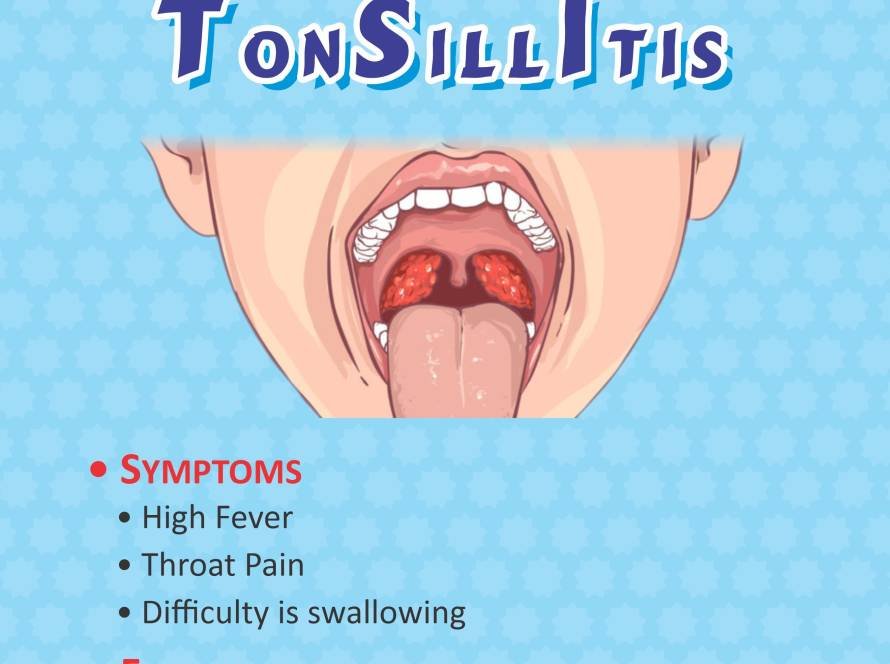Air pollution leads to many harmful effects on humans. The most important air pollutants are ground-level ozone, particle pollution/particulate matter (PM2.5/PM 10), carbon monoxide, sulfur dioxide and nitrogen dioxide. While all these air pollutants are associated with significant adverse effects on human health the particulate 2.5 mm seems to be the most toxic. PM 2.5 poses the greatest risks to health, as they are capable of penetrating peoples’ lungs and entering their bloodstream.
What is Particulate Matter 2.5 (PM2.5)?
Particulate matter (PM) consists of many chemical components and many processes contribute to it. Common particulate matter are PM10, PM2.5, PM1 and Ultrafine particulate matter (UFP). Particulate matter (PM) of less than 10 micron in size is classified as PM10. Particulate matter (PM) less than 2.5 micron in size is classified as PM 2.5. The PM 2.5 consists of various metals (zinc, lead, nickel, magnesium), elements and aerosols (sulphates, nitrates, ammonium).
Where does Particulate Matter 2.5 (PM2.5) come from?
Particulate Matter 2.5 (PM2.5) comes from vehicular exhaust, especially diesel, dust, construction, biomass fuel (coal, wood, kerosene etc used for cooking used in some households) and industrial waste.
How can Particulate Matter 2.5 (PM2.5) affect my and my child’s health?
Air pollution, although harmful for everyone, can be dangerous for patients having chronic lung problems, allergies like asthma, heart ailments, elderly people and young children. Air pollution leads to respiratory problems like increased asthma attacks, acute lower respiratory infections, poor lung functions and lung cancers. Air pollution leads to heart disorders like angina and heart attacks (called ischemic heart diseases) and hypertension. Air pollution can also lead to stroke, delayed development in young children and poor cognition.
How will I know when Particulate Matter 2.5 (PM2.5) levels are, or will be, elevated outside?
Daily measurements are done for PM2.5 in most cities of India at multiple places. These raw measurements are then converted into an Air Quality Index (AQI) using a standard formula. Air Quality Index (AQI) is a yardstick that starts from 0 to 500. The higher the Air Quality Index (AQI) the worse is the air quality and more is the level of air pollution. The Air Quality Index (AQI) is the best method to keep track of the PM2.5 in your area.
Are there ways to reduce my exposure to Particulate Matter 2.5 (PM2.5)?
Reducing outdoor physical activity at the peak times when the Particulate Matter 2.5 (PM2.5) is highest should be avoided. Keep windows of cars and homes closed. Avoid producing any indoor air pollution including burning coal, kerosene & wood, avoid cigarette smoking, avoid burning mosquito coils and agarbattis. Using air purifiers for elderly people especially with chronic lung or heart problems is recommended.







